Phone: (714) 695-1566
Fax: (714) 695-1553
Email: info@salinaspt.com
23655 Via Del Rio, Suite C
Yorba Linda, CA 92887
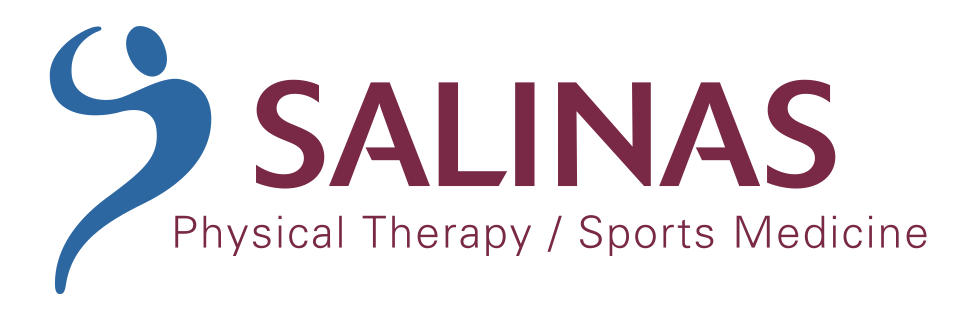
Phone: (714) 695-1566
Fax: (714) 695-1553
Email: info@salinaspt.com
23655 Via Del Rio, Suite C
Yorba Linda, CA 92887
Stay connected with all latest news and articles from Salinas Physical Therapy and Sports Medicine.
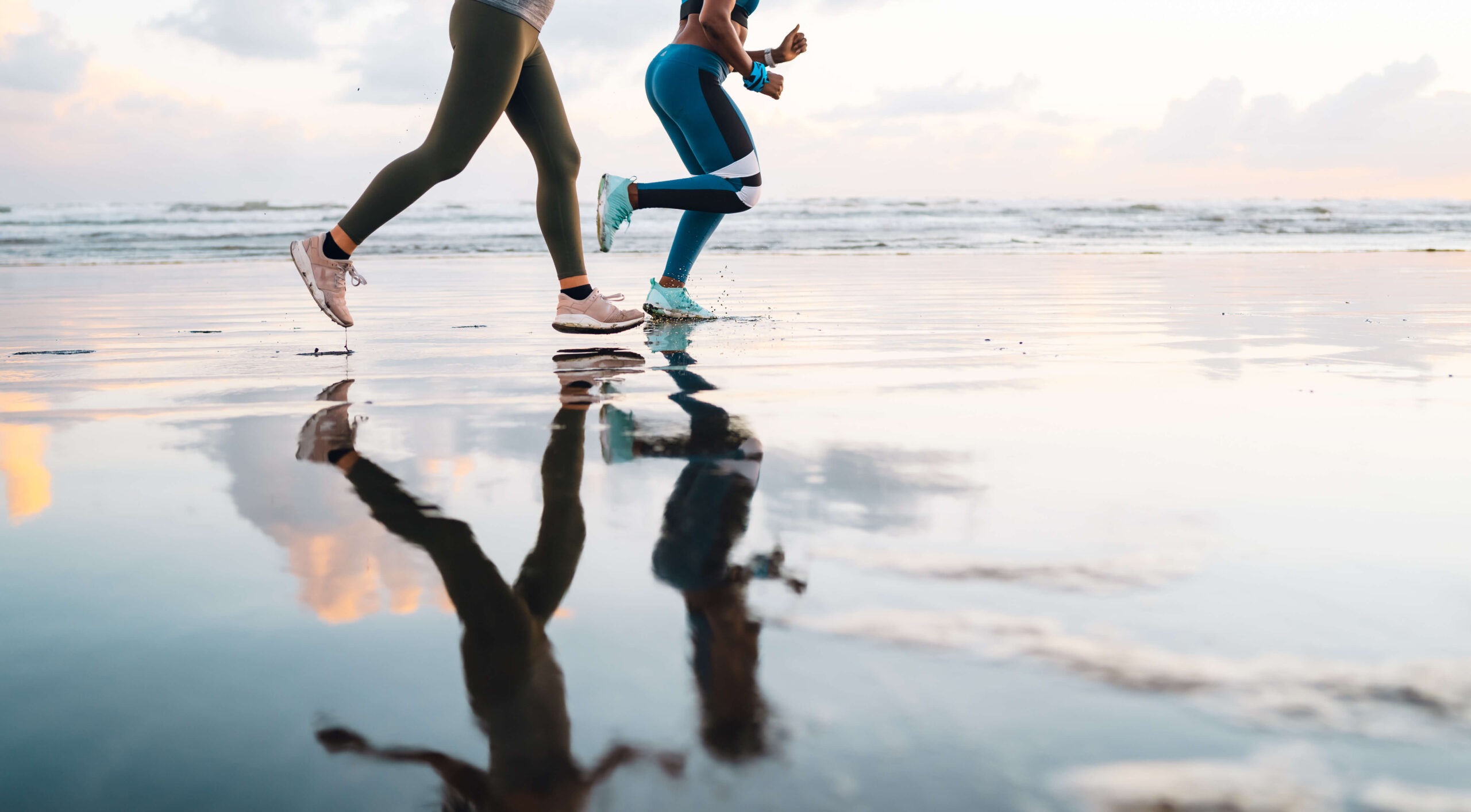
Safely returning an athlete to competition after ACL reconstruction is a highly individualized process. The 2016 Consensus statement on return to sport from the first World Congress in Sports Physical Therapy discusses three main components to Return to Sport: Return to participation, return to sport, and return to performance.
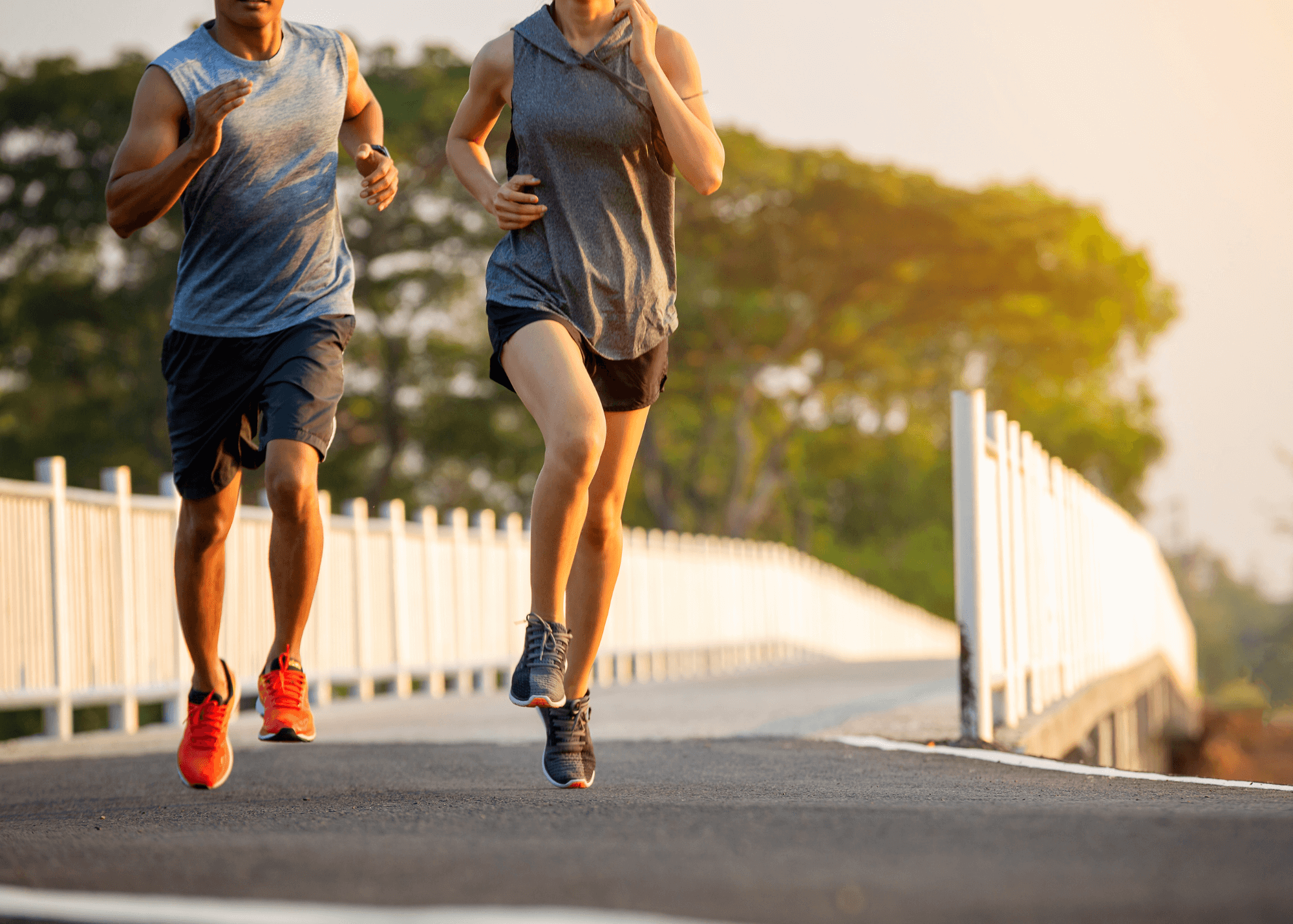
Summer is a great time to
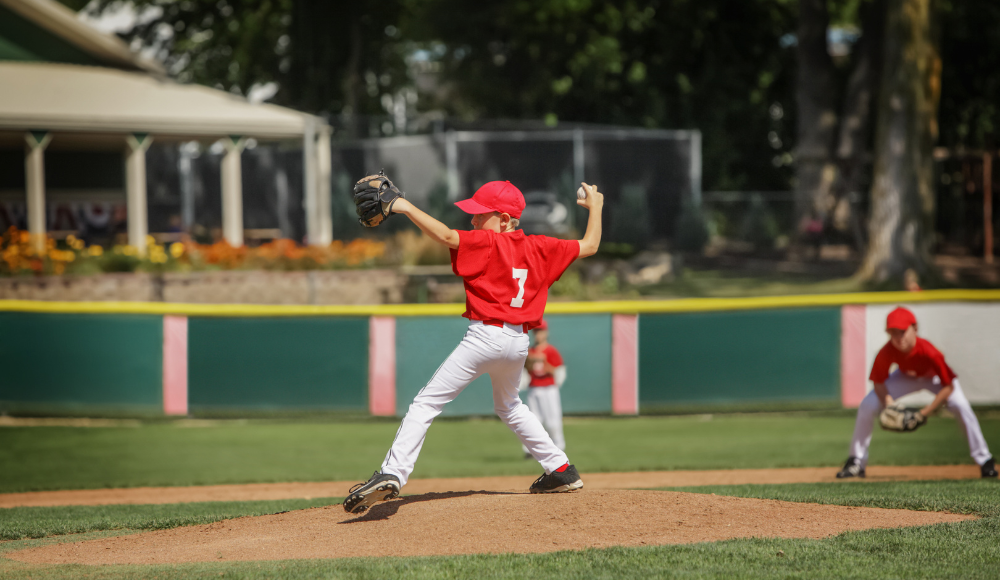
Little league shoulder and elbow are common ailments we see in youth pitchers. There numerous risk factors that cant contribute to this condition. Learn the tips you need to stay healthy and competing on the baseball field.
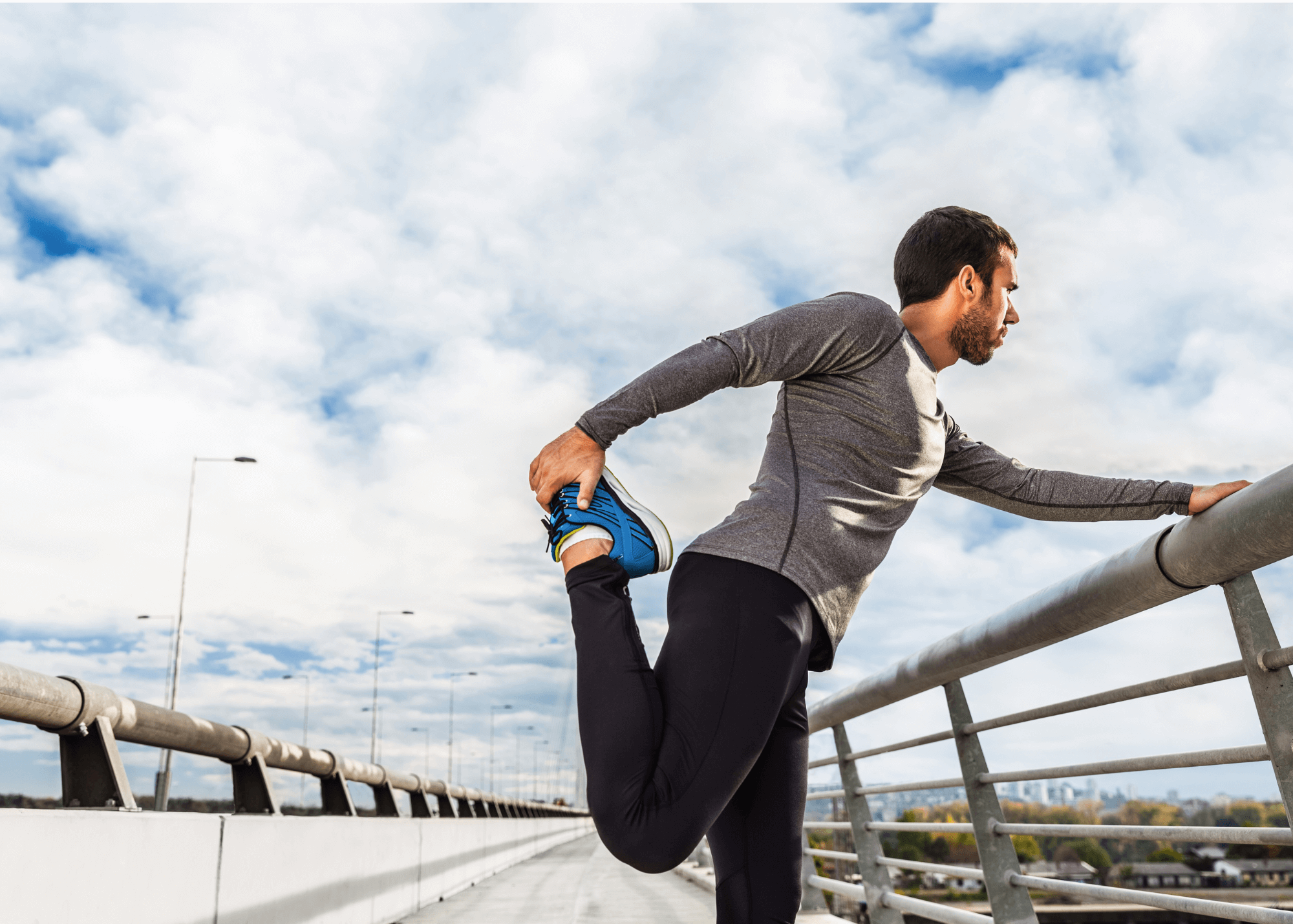
As an active adult, you know how invigorating it feels to stay on top of your fitness goals, participate in sports, or simply lead a physically dynamic lifestyle. However, increased activity brings the risk of injuries that can derail progress and lead to discomfort or downtime. The good news? Injury prevention strategies can help you stay on track while safeguarding your health. Here are ten essential tips to keep you moving safely and effectively.

Sciatica is a common yet debilitating condition that affects millions of people, often causing pain, numbness, and discomfort that radiates from the lower back down through the legs.
While sciatica is typically the result of nerve irritation, many active adults often find themselves susceptible to this condition due to lifestyle factors such as poor posture, improper exercise techniques or even daily activities that place undue stress on the spine.
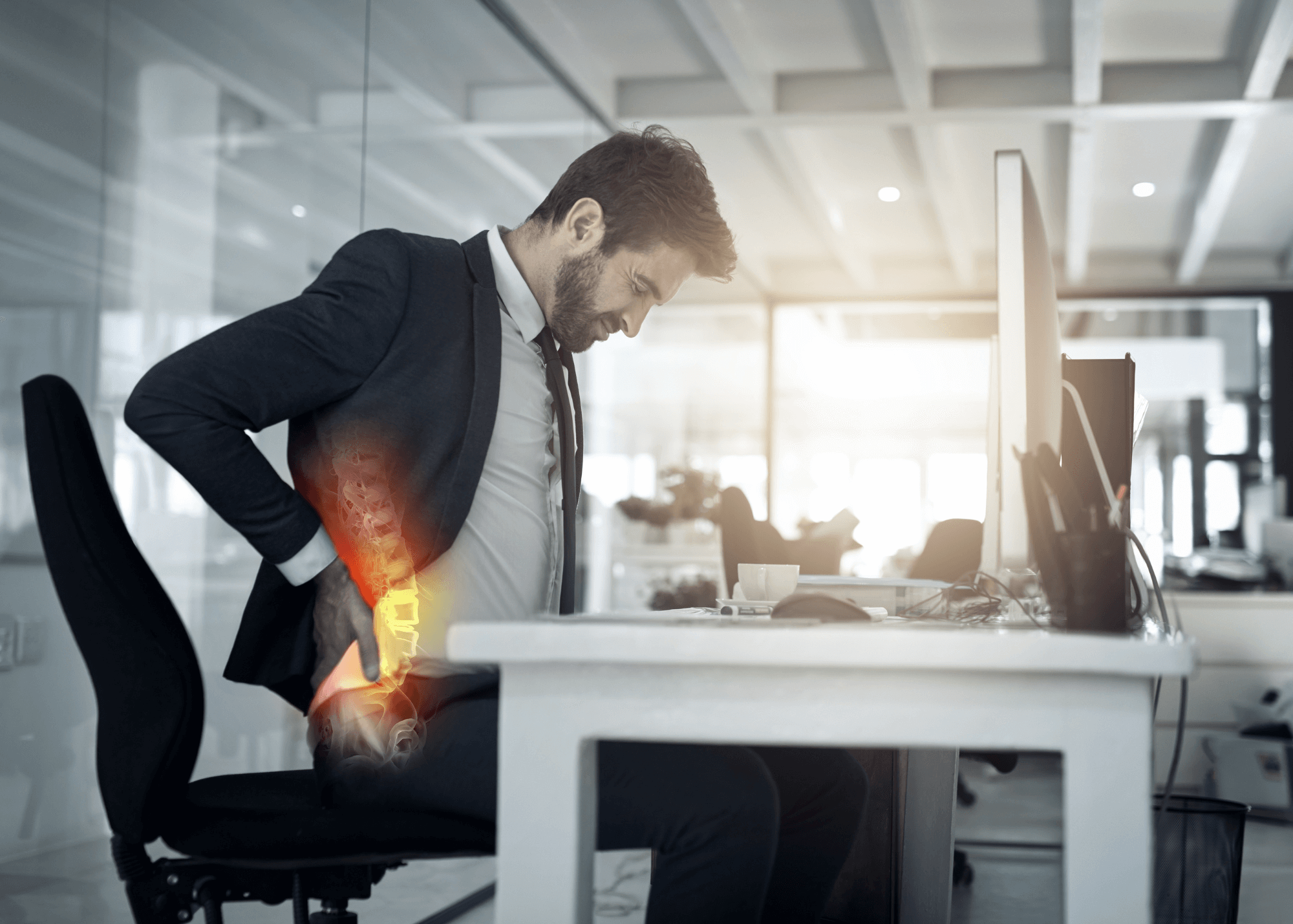
Postural pain syndrome occurs when the body's postural muscles are weak or ineffective at providing the necessary support for the spine. When this happens, the body relies on passive structures like the ligaments, joint capsules, and discs.

Patellofemoral pain or (PFPS), also known and "runner's knee," is common among athletes active individuals and even those with sedentary lifestyles. Patella malalignment or track is thought to be the primary source of this type of pain.
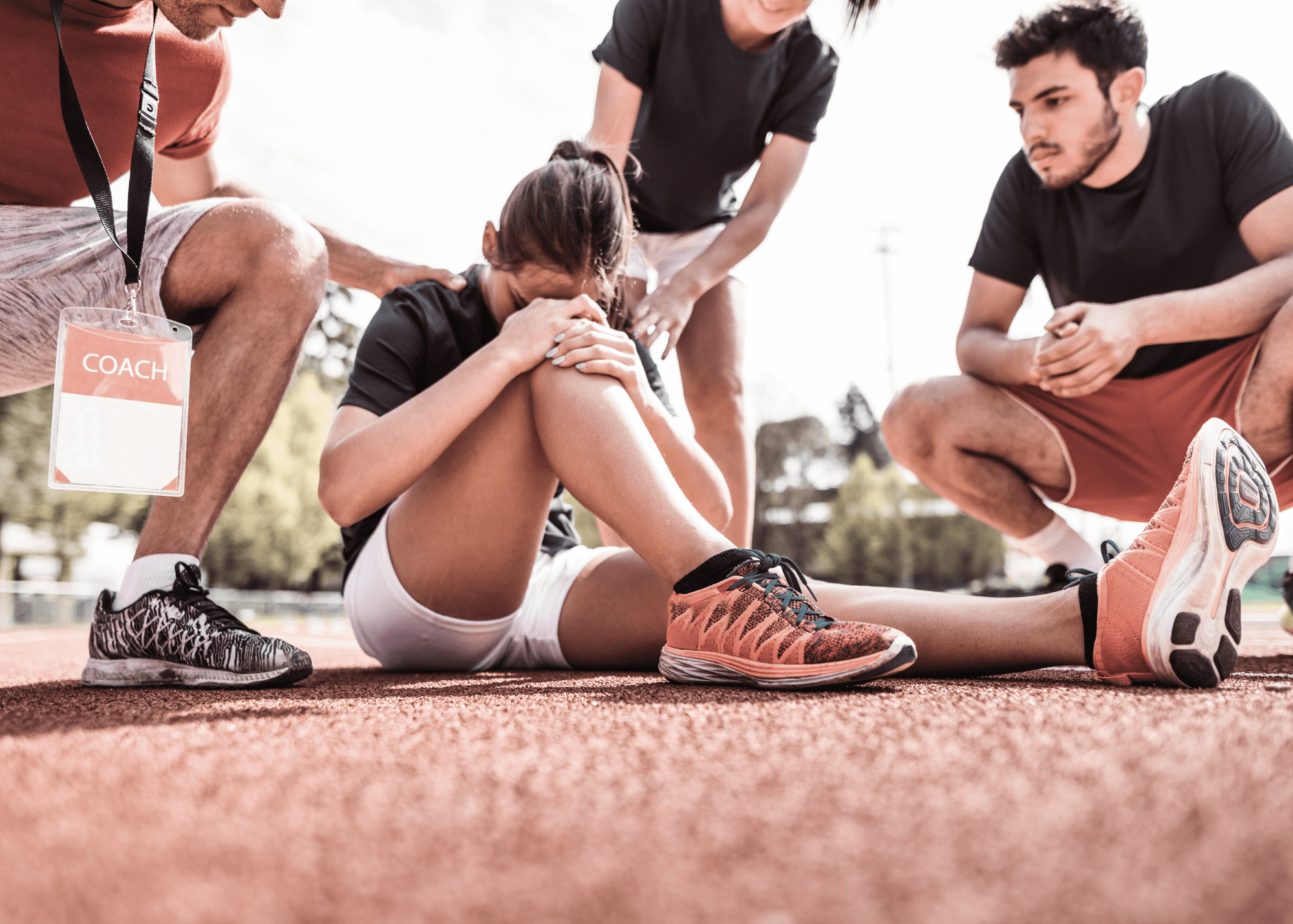
The meniscus is a C-shaped cartilage that acts as a shock absorber between your thigh bone (femur) and shin bone (tibia).
There are two menisci lateral, smaller and less prone to injury, and medial, larger and more prone to injury due to its attachment to the MCL and joint capsule. Meniscus tears are among the most common knee injuries, particularly among athletes, weekend warriors, and active adults.
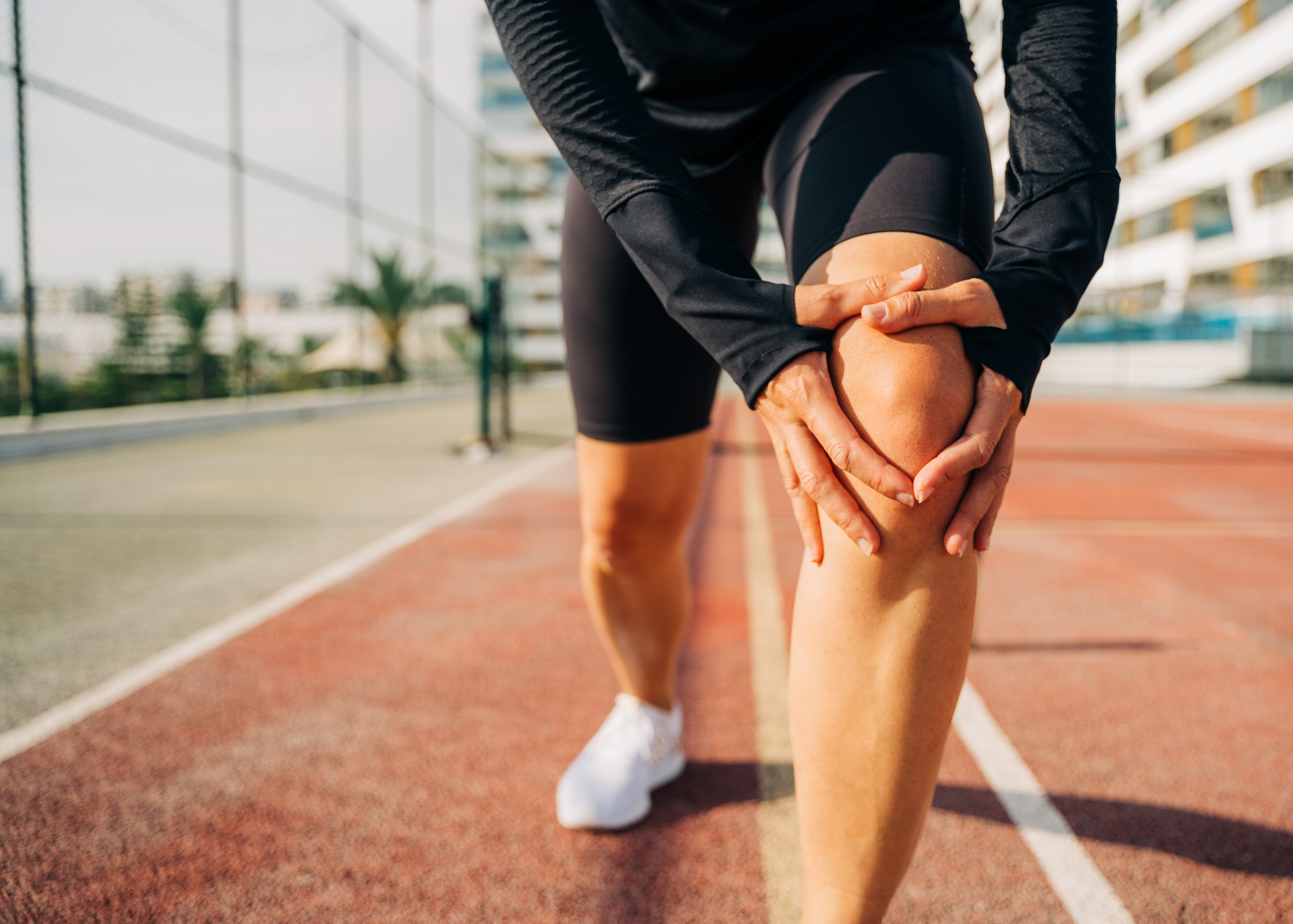
Athletes are often taught to push through pain and persevere. But not all pain is created equal. Some pain is a sign of growth and resilience, while other types are red flags indicating that your body needs rest and recovery. Learn how to recognize the warning signals and when to stop activity.
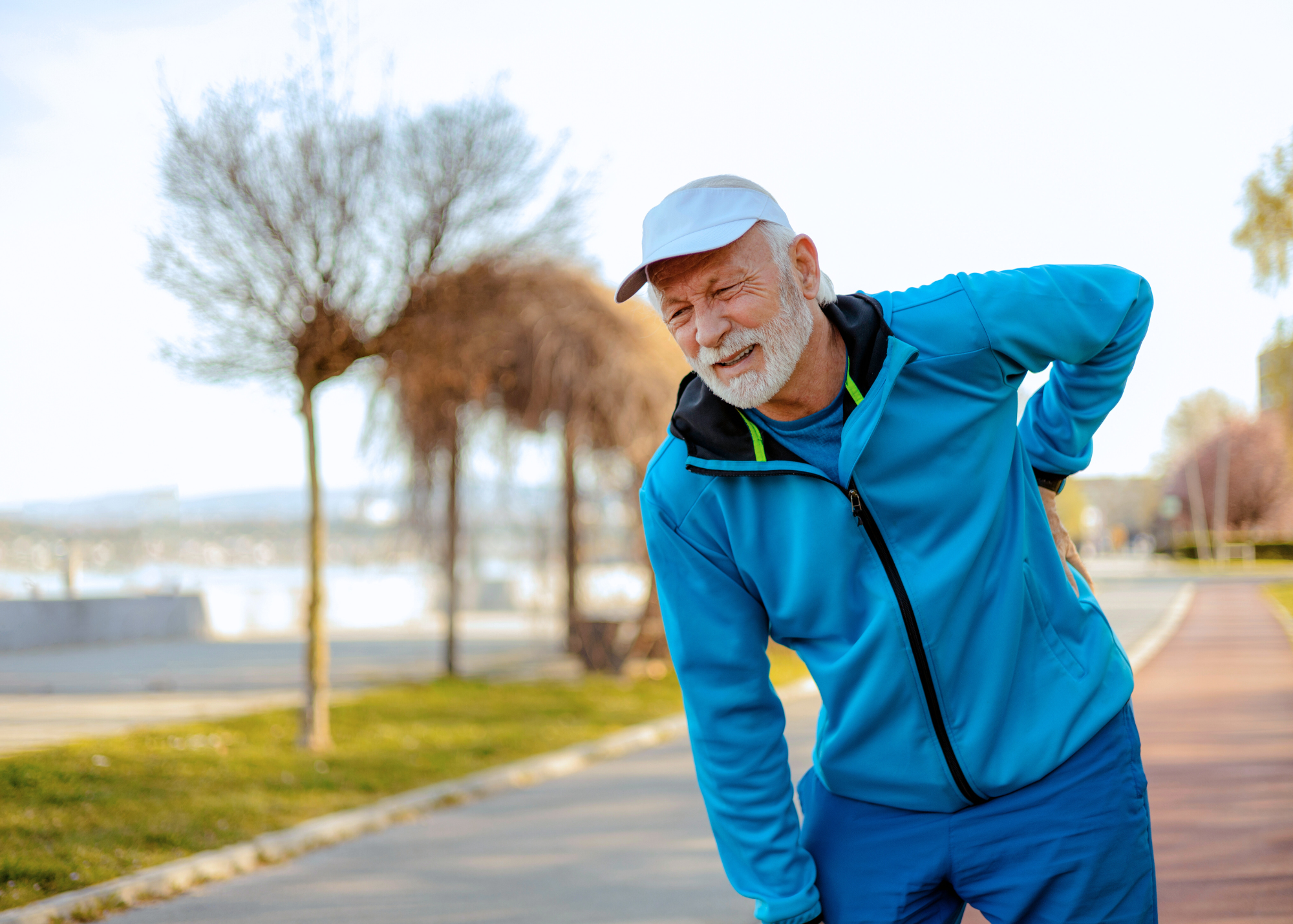
Low back pain affects nearly 619 million and is the main cause of years lived with disability (YLD). But low back pain is not a dead-end road. Learn the most common causes and stretches to help relieve the symptoms.

ACL injuries are most common among serious knee injuries, especially in athletes. The anterior cruciate ligament (ACL) is responsible for the forward movement on the tibia, or "Shin Bone".
In this article we'll cover proper ACL injury management, the recovery process, and prevention.

In todays workforce, It's no surprise that many people spend their day sitting behind a desk or
computer screen. While this type of work may not seem physically challenging, the data says otherwise.

Often overlooked, but never underrated, Core Strength is one of the most important components of your physical health. But don't get confused, having a strong core doesn't always mean six-pack abs. In this article we'll cover the main reasons why you should be focusing on strengthening this area of your body.